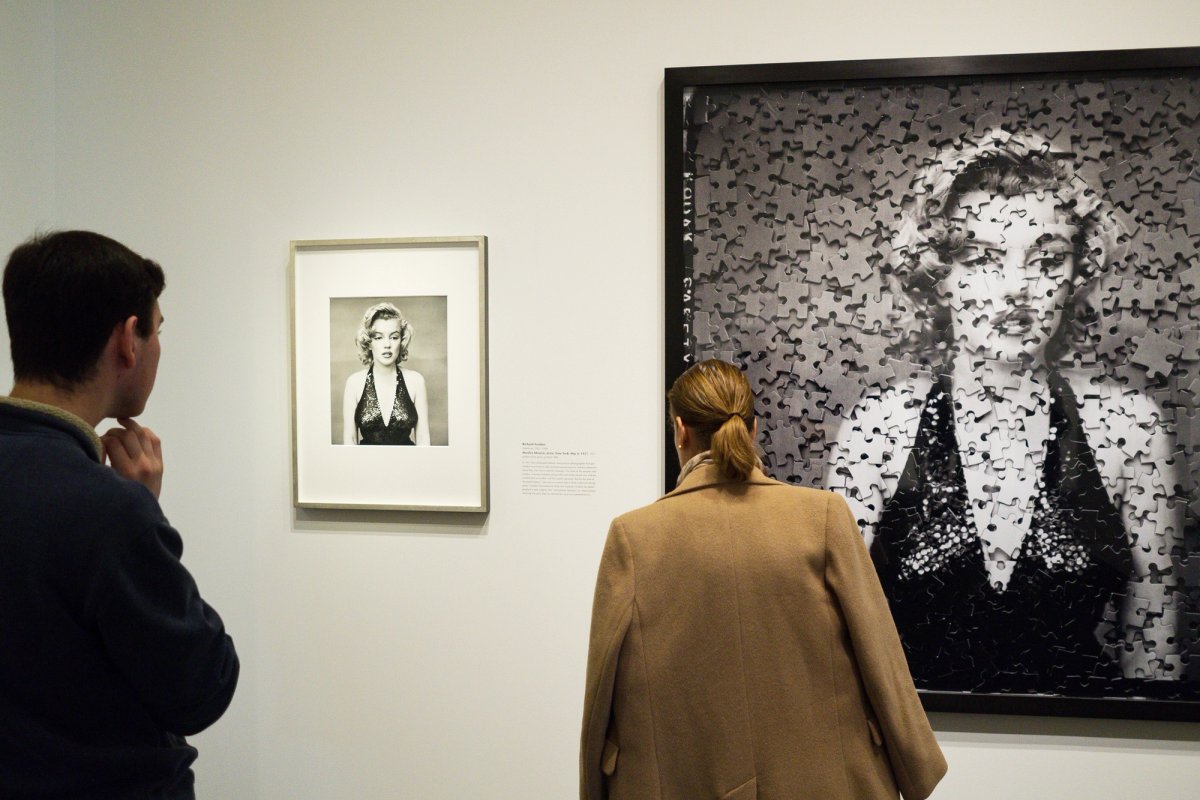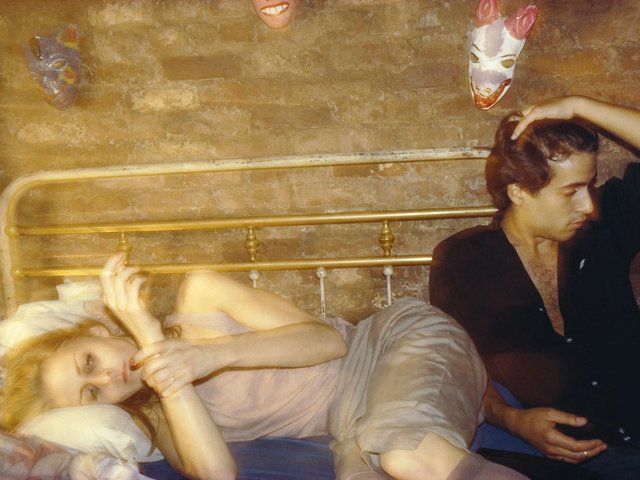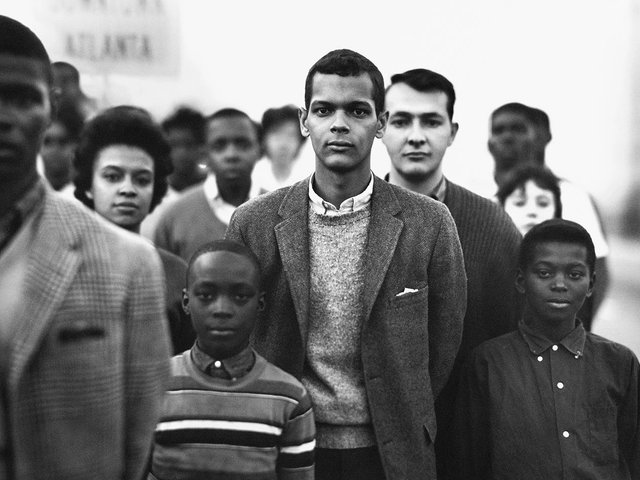The Richard Avedon Foundation has released a list of what is says are more than 200 inaccuracies in the US photographer’s unauthorised biography, Something Personal, written by Norma Stevens, Avedon’s longtime studio director, and Steven M. L. Aronson, a former book editor.
The growing list, which can be accessed on the foundation’s website where people are encouraged to add their own corrections, is the most comprehensive yet and only covers a third of the book, the foundation says.
Among the alleged factual errors that have just come to light are Stevens’s claim that Avedon had a personal relationship with Marilyn Monroe; that Stevens owns “innumerable” Avedons (this statement runs counter to legal testimony she gave during an audit in 2009, the foundation says); and that the photographer tapped Stevens to be his biographer (Avedon made it known he did not want a biography, and his will made no reference to Stevens being his biographer, according to the foundation).
Contrary to Stevens’s assertion, “manipulation and submission” are not the only two things Avedon thought were involved in any portrait sitting, “or he wouldn’t have had a career”, the foundation says. Claims that Avedon “cold called” the Smithsonian museum in 1962 offering to donate prints and negatives are not true, according to the foundation.
The list also extensively details allegations of wrong dates, inconsistent testimonies and fabricated passages in the book, which includes interviews with Calvin Klein, David Remnick, Twyla Tharp, Donatella Versace, Jann Wenner and Isabella Rossellini, among other prominent friends and collaborators. The foundation has renewed calls for the publisher, Spiegel and Grau, a division of Random House, to withdraw the biography, which was published in November when the feud was first reported.
However, Matthew Martin, the publisher’s lawyer, says the foundation has provided “no evidence” that the list of inaccuracies they perceive in the book are in fact errors. “In some cases there are differences of opinion or disputes with subjective passages; many of the issues they have raised are of insignificant nature or are legitimately in dispute,” he says.
It is not unusual to make mistakes in a book of this nature, according to the lawyer, especially since Avedon was the originator of many of the errors. “He was well known for embellishing stories or simply fabricating,” he says.
The book is described in the jacket as “part memoir, part biography and part oral history”, which the authors and publishers stand by. “Furthermore, memoir itself is a subjective genre, where what is remembered has its own legitimacy and meaning,” Martin says. The book is a “tribute”, he adds, to the man Stevens “had a close business partnership and friendship with for nearly 30 years, until his death in 2004”.
But James Martin, the executive director of the Richard Avedon Foundation, questions Stevens’s ability to recollect events clearly. “Her memory was already faulty when she recorded a lengthy oral history for the foundation in 2009, and it has only gone downhill from there,” he says. “In this instance, she was enabled by the publisher to go to print with shockingly limited professional oversight.”
Since the book was published, Martin says “many people” who were interviewed have contacted the foundation to complain. Among them is Cameron Sterling, a former assistant of Avedon’s who loaned his studio notebook to Stevens for what he thought was research. The foundation has released an excerpt from Sterling’s notebook to compare with the relevant passage in the book.
“It is obvious that Stevens and Aronson both changed and added language to what Sterling wrote in order to make it sound more negative and critical,” Martin says. He believes the fact that Stevens was removed from the foundation’s board of directors in 2009 is “driving her quest to defame almost anyone who was closer to Avedon than she was”. Matthew Martin declined to comment on this point.




